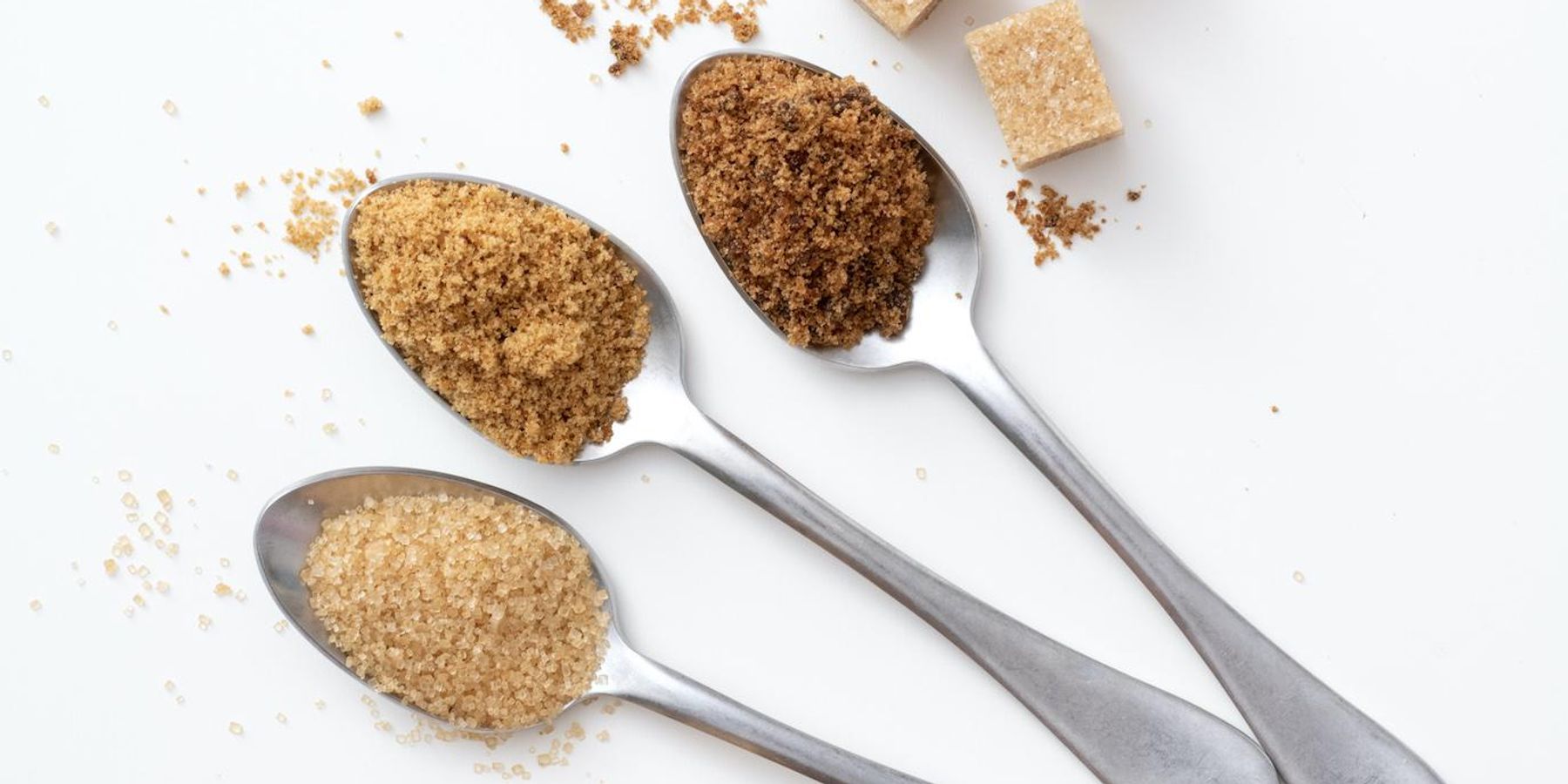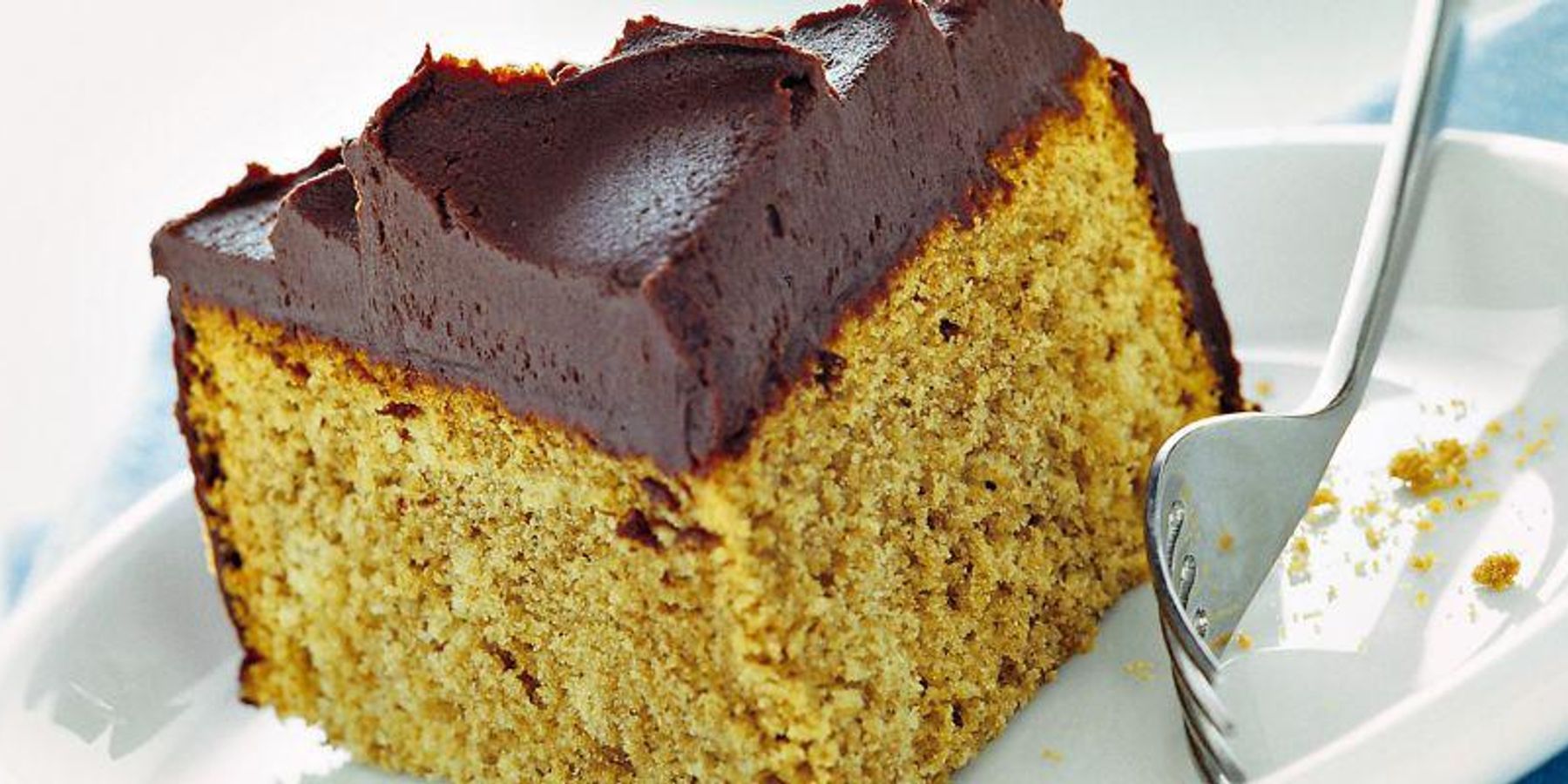
Whole cane sugar, the real one, not only sweetens: it nourishes! But beware: it's not enough to be dark. The difference with raw sugar.
We recently talked about local beet sugar, learning that its color can dispel false myths: being white doesn't necessarily mean being 'chemically bleached,' just as being dark doesn't mean being whole.
In our right quest not to overdo the superfluous sugars, we often tend to eliminate the 'sugar' product altogether, replacing it with low-calorie sweeteners such as stevia, excellent and sweet products such as honey, or alternatives such as maple syrup. Very well. And it is true that the glucose our brain needs is found naturally and in sufficient quantities in many products of the earth, starting with beets, a real natural candy, but also in onions, turnips with hidden virtues, in kiwi benefits rather than dates.
Yet cooking sugar (which is glucose combined with sucrose), when it is truly whole, has excellent nutritional elements to offer us. Of course, more often than not, the cane is also refined - often with coal made from bovine bones - and even when it remains amber or brown, it is only a few steps further in the refining process. In the latter case, we are dealing with 'raw' cane sugar: it is simply less refined than white; it is often added with molasses or caramel, and its grains are regular in shape and size. Nutritionally, it does not differ significantly from beet sugar.
Another matter is really whole cane sugar: it must be moist and soft, dusty with small irregular and non-crystalline dark nuggets; typical and intense aroma, sweetish. The best known among those widespread on the market in our country, usually with a valid, fair trademark, is the Mascobado (or Muscovado), coming mainly from the Philippines and Mauritius. But there are also other qualities, such as the South American Dulcita, which is grown at high altitudes in the Andes, and Panela, which usually comes in the form of bricks.
Compared to traditional sugar (white beet sugar), this contains a lower percentage of sucrose (10-15% less) and fewer calories (about 356 kcal against 392 kcal). Not only that: it is rich in nutrients which the other is lacking, and in particular many mineral salts including iron, calcium, phosphorus, potassium and magnesium and vitamins of various groups, A, E; C and some in particular of group B. All these nutritional elements remain substantially unaltered during processing.
It sweetens a little less, but above all the aroma is different: the naturally present molasses gives it a vaguely licorice aftertaste. Aroma that at first can be perceived as too strong and particular, but which is soon usually appreciated and becomes an indispensable ingredient in the kitchen. For sweet and even savory recipes (excellent pairing with meats) and of course in the cup of coffee.






